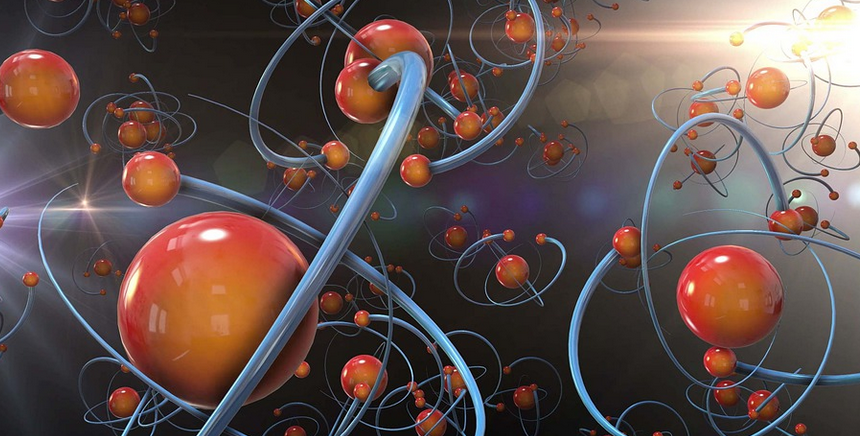What is Particulate Matter?
Particulate matter, also known as PM, is a term used to describe tiny particles that are suspended in the air. These particles can be made up of a variety of substances, including dust, dirt, soot, and smoke. They can also be formed from chemical reactions in the atmosphere. PM is classified based on its size, with smaller particles being more harmful to human health.
Understanding the Chemical Formula of Particulate Matter
Particulate matter can have a variety of chemical formulas, depending on the substances that make up the particles. For example, PM10 refers to particles that are 10 micrometers or smaller in diameter, while PM2.5 refers to particles that are 2.5 micrometers or smaller in diameter. The chemical makeup of these particles can vary widely, depending on their source.
The Harmful Effects of Particulate Matter
Particulate matter can have a range of harmful effects on human health. When these particles are inhaled, they can cause respiratory problems, including coughing, wheezing, and shortness of breath. They can also aggravate existing respiratory conditions, such as asthma and chronic obstructive pulmonary disease (COPD). In addition, exposure to PM has been linked to cardiovascular problems, such as heart attacks and strokes.
Sources of Particulate Matter
Particulate matter can come from a variety of sources, both natural and man-made. Natural sources include dust, pollen, and sea salt. Man-made sources include vehicle exhaust, industrial emissions, and wood-burning stoves. In urban areas, traffic is often a major contributor to PM pollution.
Reducing Exposure to Particulate Matter
There are several steps that individuals can take to reduce their exposure to particulate matter. These include: – Avoiding areas with high levels of pollution, such as busy roads and industrial areas – Using public transportation or carpooling instead of driving alone – Using energy-efficient appliances and light bulbs to reduce emissions – Avoiding burning wood or trash, which can release PM into the air – Using air filters in the home to reduce indoor air pollution
The Role of Government in Reducing Particulate Matter Pollution
Governments also have an important role to play in reducing particulate matter pollution. This can include setting emissions standards for vehicles and industry, promoting the use of renewable energy sources, and investing in public transportation. In addition, governments can work to educate the public about the dangers of PM pollution and provide resources to help individuals reduce their exposure.
Conclusion
Particulate matter is a serious environmental and health problem, but there are steps that individuals and governments can take to reduce its impact. By understanding the chemical formula of PM and its sources, we can work together to create a healthier and more sustainable world.

